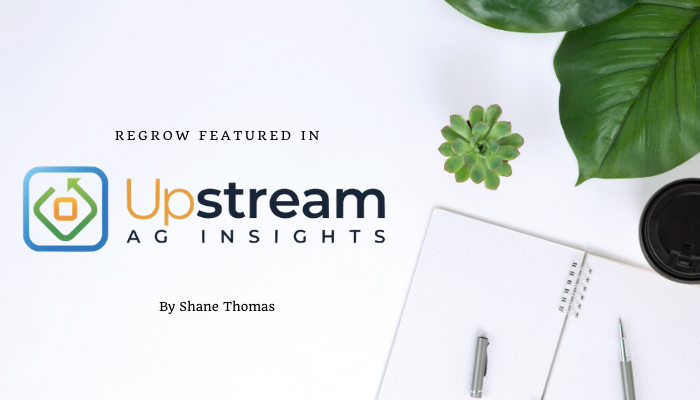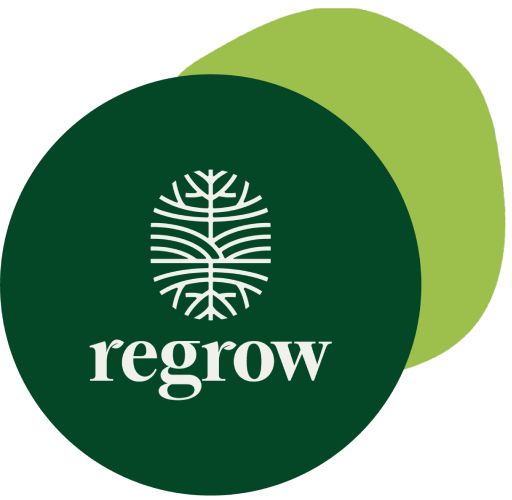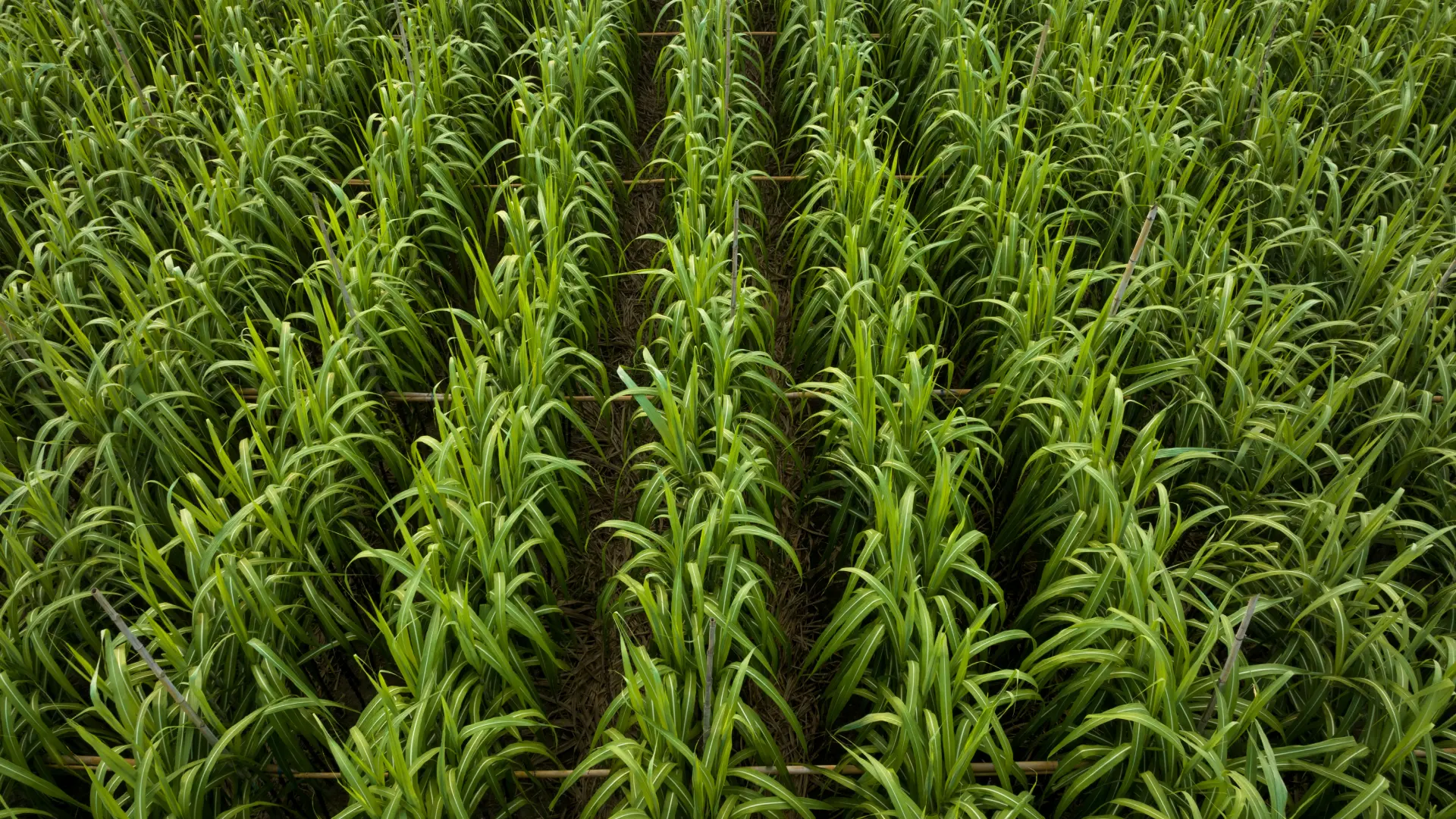Newsletter by Shane Thomas, Feb 28th 2021
FluroSat Acquires Dagan, Becomes Regrow in ‘resilient ag’ & Carbon Push - AgFunder News
Crop science company FluroSat and soil health startup Dagan have combined forces to launch Regrow, a new New Hampshire-based business focused on providing “resilient agriculture” solutions.
This is a compelling acquisition, one that could be a major player in the future of the carbon space and agronomy software management space.
Today accurately and cost effectively measuring soil carbon is a challenge. One of the outcomes of this acquisition is a company that can more accurately model soil carbon levels based on practices and agronomic decisions.
Flurosat has a strong understanding of what is going on above ground with crop stage, tillage practices, or yield thanks to their models and satellite utilization, where as Dagan uses a DNDC model to understand carbon sequestration. Both in singulation are good, but imperfect. Both used in unison, while still imperfect, gets closer to the truth.
This creates an interesting play in being the go-to carbon measurement tool and infrastructure in the industry. There are other organizations that are looking at doing so, but between the Flurosat agronomy and crop production tools in combination it can be powerful. Having tools for agronomists and farmer in understanding agronomics, plus for better understanding soil carbon creates a company worth watching.
FluroSat has API’s with numerous of the large ag tech platforms out there, from AgWorld to Climate Fieldview to Proagrica and so they have the relationship to take their carbon measuring infrastructure to all of these companies in the future - their business isn’t going farm to farm, but doing the behind the scenes work for companies like TruTerra or Yara for example in supporting their carbon initiatives.
Worth reading the below article to learn more on the measurement and verification of carbon.
Making soil carbon a commodity: How technology can redesign carbon markets based on rewards and outcomes - AgThentic
When it comes to understanding the dynamics of carbon market places and how it will play out for farmers and industry, Matt Pryor from the AgThentic Group has one of the best grasps on the space out of anyone I’ve ever talked to. This article is one that is worth reading for every one.
Exactly how we create soil carbon commodity markets that function efficiently to draw down carbon and achieve environmental impact is still being determined. One thing is clear, though: technology will play a critical role in creating both more opportunities to incentivize and reward farm-level practice change, as well as more avenues for startups to provide compelling solutions to help scale markets.
A debate I hear constantly is between offsetting and insetting:
Right now, farmers have two choices for how they get involved in carbon markets: offsetting programs that formally quantify the carbon that farmers sequester, usually in vegetation or in soil, and supply in the form of tradable credits; and insetting programs where farmers participate in supply-chain initiatives led by downstream partners (e.g., food companies) who are working to reduce emissions along the entire supply chain
Does it make sense to associate the carbon as an offset tied back to the land, or have it inset with the particular commodity? There is sound logic for both approaches.
Two very important points from Matt’s article:
There needs to be independent and accredited verification through recognized methodologies with conservative assumptions, and the carbon credits need to be unique and traceable (ie. to eliminate double-counting). There also needs to be permanence, such that once the soil carbon has been stored, ideally, the impact cannot be reversed.
We cannot focus on quantification and verification methods that favor absolute accuracy over the cost of implementation, as they can dramatically reduce the level of participation.
Perfect is the enemy of good. There is something to be said about starting and iterating.
This is where the Dagan and Flurosat formation of Regrow is of major interest in my opinion. If you have confidence in the measurement, that moves the needle on what can be done in terms of implementing carbon credit initiatives.



